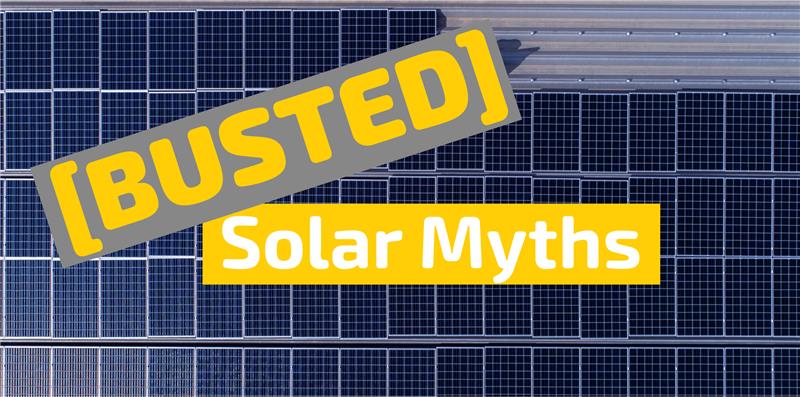

Updates to the Solar Cell Tariff and Removal of Bifacial Exemption
What it Means for Installers and End Users
Now that it is June, the new and updated tariffs are coming into effect, including the Chinese solar cell tariff increase from Section 301. This will cause the tariff on Chinese solar cells to increase from 25% to 50% in 2024. This is to encourage manufacturers to move their cell plants to the US. To promote this change, the US Department of Energy (DOE) has invested US$71 million in thin-film and silicon solar manufacturing. Silfab is one of seven manufacturers to receive some of this funding to ramp up production of their TOPCon n-type cell. It is believed that business will eventually shift from importing their solar cells from overseas to manufacturing them in the US. Along with the tariff increase, the removal of the bifacial exemption means that all panels manufactured in China and SEA (Southeast Asia) fall victim to the increase. This is a long-term solution to a long-term problem of overseas countries having 80-90% of the production market.
What does it mean for you as an installer?
Costs on imported modules are expected to increase, leveling the playing field for US made modules. It is important to note that no module is 100% made in the US and it will be mid 2025 or later before cells are manufactured in the US. Many manufacturers are attempting to prevent future price swings by moving manufacturing to the US. Canadian Solar is an example working on opening a new plant in Mesquite, TX and is expected to begin modules in June.
The removal of the bifacial exemption is also going to cause a price increase according to PV Magazines John Fitzgerald Weaver. Prices are expected to climb an added $0.025-$0.0675 per watt; however, there are expectations that the final price will nearly double in cost depending on the country of export.
However, while at first these changes will rock the solar industry in the US, domestic manufacturing is expected to stabilize supply and costs in the long term.
What does it mean for End Users?
The costs of having a PV system installed will increase and cheaper options may no longer be the best option. Eventually modules that are 100% manufactured in the US will be easier to come by, however, this will take at minimum about one to two years. Manufacturers are also shifting to TOPCon cells and while they have higher efficiency rates, they are more expensive.
The market will see another price increase from the removal the bifacial exemption. End Users might find themselves experiencing changes to their planned PV system, postponement, or cancellations altogether, over the coming months.
But it is not all negative; there are benefits to these changes. With more manufacturers moving to US made, the Inflation Reduction Act (IRA) has improved tax credits, up to 30% for solar and storage, to help offset costs.
Our Advice
It is important as an installer to communicate these market changes and their effects on the end user. Installers should expect longer lead times and price changes, revising forecasts with distributors can help better plan long term in a down market. Making the sale is going to be more difficult for the time-being, to help ease the end user's concern about the increase in cost and/or interest rates, make sure to explain how the tax credit works to the end users to offset the cost increase. Finally, Krannich Solar works with a variety of lenders and financial institutions to help make the costs of PV more accessible to everyone.
Estimated Timeline
Apr 24, 2024: Petitions filed.
May 14, 2024: Commerce/ITC initiates investigations.
June 8, 2024: ITC makes preliminary injury determination.
July 18, 2024: Commerce initial CVD preliminary determination deadline (date likely extended.)
Sept 23, 2024: Commerce issues CVD preliminary determinations (extended.)
(90 days prior to this date is likely the earliest that retroactive CVDs would be imposed under an affirmative “critical circumstances” determination.)
Oct 1, 2024: Commerce initial AD preliminary determination deadline (date likely extended.)
Nov 20, 2024: Commerce issues AD preliminary determinations (extended.)
(90 days prior to this date is likely the earliest that retroactive ADs would be imposed under an affirmative “critical circumstances” determination.)
Apr 11, 2025: Commerce issues AD and CVD final determinations (extended.)
June 2, 2025: ITC final determination statutory deadline.
June 9, 2025: AD & CVD Orders published.
